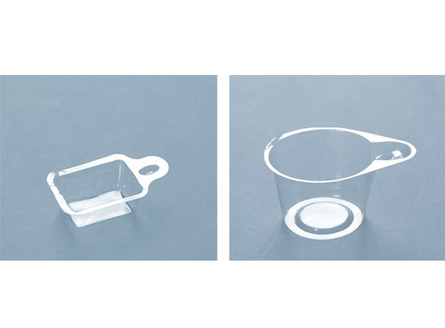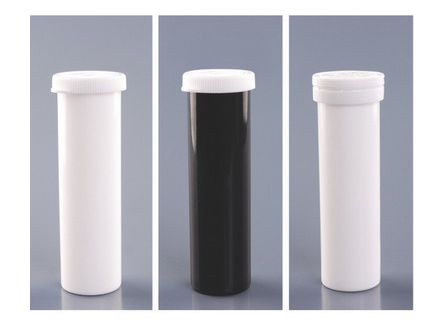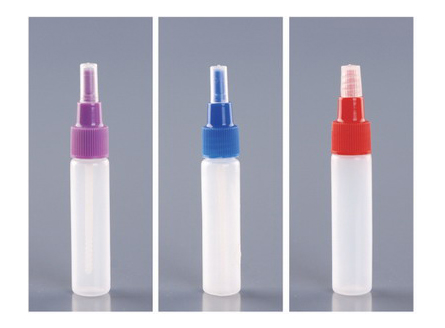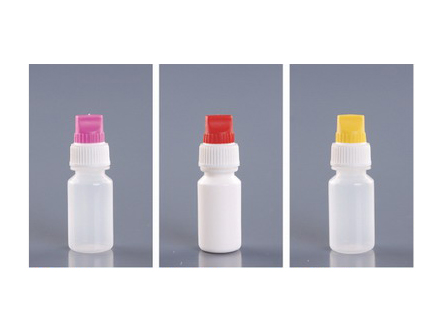
 Urinary cup
Urinary cupThe urine cup is a disposable container a...
 Test paper bucket
Test paper bucketThe test paper barrel and test paper cyli...
 FOB fecal collection pipe
FOB fecal collection pipeFOB toilet pipes are mainly made of low-d...
 Rotary cap drip bottle
Rotary cap drip bottleThe rotary cap drip bottle is a commonly ...
FAX:+86-317-4052076
Email:czycgs@163.com
Web:www.xysjcz.com
Address:Du Sheng Xiang Xiao Liu Village, Cang County, Cangzhou City, Hebei Province
Current Location:HOME > NEWS > Company dynamics >
NEWSPrecautions for using laboratory reagent bottles
Glass bottles containing reagents, whether colorless or brown; Wide mouth and narrow mouth; There are various types of grinding, no grinding, etc. Wide mouthed bottles are used to hold solid reagents, while narrow mouthed bottles are used to hold liquid reagents; Brown bottles are used for light proof reagents, while ground stoppered bottles can prevent moisture absorption and concentration changes. Reagent bottles are not heat-resistant
Below, let's explain the precautions for using reagent bottles in the laboratory:(1) There is a stopper
Reagent BottlesWhen not in use, a paper strip should be sandwiched between the cork and the frosted surface of the bottle mouth to prevent adhesion. As mentioned earlier, all reagent bottles cannot be used for heating.(2) The general principle for selecting the required reagent bottles based on the physical and chemical properties of the containing reagents is: use a wide mouthed bottle to hold solid reagents, use a fine mouthed bottle to hold liquid reagents, use a brown bottle to hold reagents that are prone to decomposition or deterioration when exposed to light, use a frosted glass reagent bottle to hold low boiling and volatile reagents, and use a rubber stopper reagent bottle to hold alkaline reagents, etc." When there are multiple physical and chemical indicators mentioned above, a suitable reagent bottle can be selected based on the above principles.
(3) Some reagents, such as hydrofluoric acid, cannot be packaged in any glass reagent bottle and should be packaged in plastic bottles.
Container glass instruments, in addition to the above-mentioned types, there are also various types of bottles available for selection, such as two necked bottles, three necked bottles, four necked bottles, and lower necked bottles (also known as bottles), depending on the different requirements for liquid retrieval and storage.
next:Characteristics of reagent bottles
